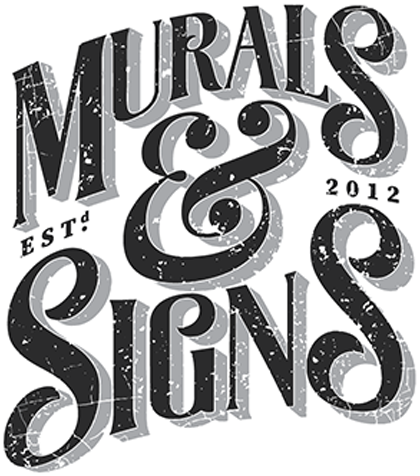Introduction
In the world of commercial murals, speed often plays a crucial role. From tight deadlines to rapidly changing business environments, artists and project managers must adapt and execute projects efficiently. This article delves into the realm of efficient techniques tailored for fast-paced commercial mural projects. Discover strategies, tools, and insights that can help you deliver exceptional results while meeting demanding timelines.
Planning and Preparation
Streamlined Planning Process
Efficiency starts with a well-structured planning process. Define clear objectives, scope, and deliverables before you dive into the project. This foundation ensures everyone is aligned and understands the project’s direction.
Digital Mockups and Pre-Visualization
Create digital mockups of your mural design to visualize the final outcome. This allows you to anticipate challenges, make adjustments, and ensure the design aligns with the space’s aesthetics before the painting begins.
Material and Tool Preparation
Gather all necessary materials and tools before starting the project. This prevents interruptions and delays caused by missing items during the execution phase.
Optimized Execution
Grid Systems for Scaling
Use grid systems to scale up your mural design accurately. This technique allows you to break down the design into smaller sections, making it easier to transfer and paint on a large surface.
Spray Painting for Large Backgrounds
For large background areas, consider using spray paint. Spray painting provides quick coverage and even color distribution, significantly speeding up the process.
Layering Techniques for Efficiency
Utilize layering techniques to work efficiently with drying times. While one layer dries, you can move on to another section, maximizing your productive time.
Collaboration and Team Dynamics
Delegating Tasks Effectively
In a fast-paced project, efficient delegation is key. Assign tasks based on team members’ strengths and expertise, ensuring each task is completed with proficiency.
Communication and Coordination
Maintain open and clear communication with your team throughout the project. Regular updates and coordination help prevent misunderstandings and keep everyone on track.
Team Training and Skill Enhancement
Invest in training your team members to improve their skills and efficiency. A well-trained team can handle tasks with confidence, reducing errors and delays.
Time Management and Productivity
Time Blocking Technique
Implement time blocking to allocate specific time slots for different tasks. This method helps you focus on one task at a time, reducing distractions and improving overall productivity.
Efficient Use of Breaks
Breaks are essential for maintaining focus and preventing burnout. Use efficient break techniques, such as the Pomodoro Technique, which involves working for a set time and then taking a short break.
Realistic Task Prioritization
Prioritize tasks based on their urgency and importance. Address high-priority tasks first to ensure critical aspects of the project are completed within the timeline.
Technology and Tools
Digital Project Management Tools
Utilize digital project management tools to organize tasks, track progress, and collaborate seamlessly with your team. These tools streamline communication and enhance overall project efficiency.
Digital Color Matching
Digital color matching tools allow you to precisely match colors from your design to actual paint samples. This eliminates guesswork and reduces the time spent on color adjustments.
Project Tracking Software
Use project tracking software to monitor milestones, deadlines, and resources. This technology provides real-time insights into the project’s progress and helps you identify potential bottlenecks.
Quality Assurance and Final Touches
Regular Quality Checks
In a fast-paced project, quality should never be compromised. Conduct regular quality checks to ensure each section meets your artistic standards and aligns with the design.
Finishing Touches and Clean Edges
Pay attention to finishing touches, such as clean edges and seamless transitions between colors. These small details contribute to the mural’s overall professional appearance.
Client Approval and Feedback Loop
Before finalizing the project, ensure client approval and feedback. Incorporate their input for any necessary adjustments, ensuring their satisfaction with the end result.
Conclusion
Efficiency is the cornerstone of success in fast-paced commercial mural projects. By implementing streamlined planning processes, optimizing execution techniques, fostering collaboration, and leveraging technology, you can navigate tight timelines while delivering exceptional results. These efficient techniques not only enhance productivity but also elevate your reputation as an artist or project manager who consistently delivers outstanding work within demanding timeframes.
Comparing traditional and modern approaches to commercial murals
